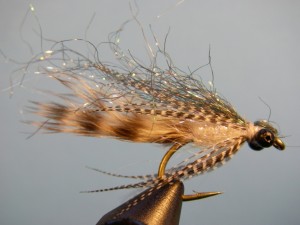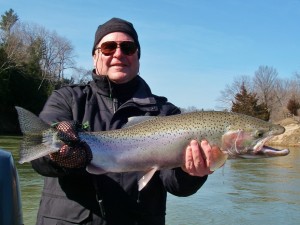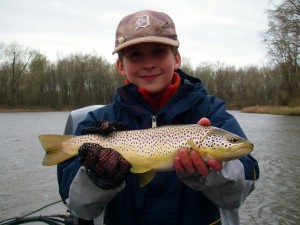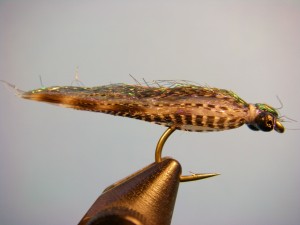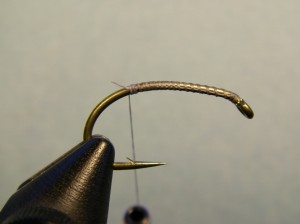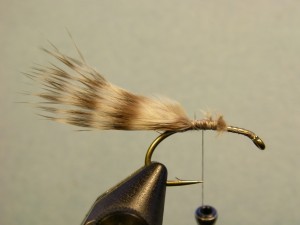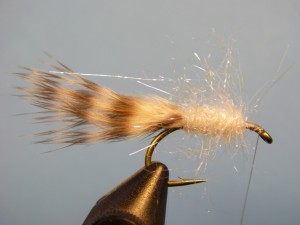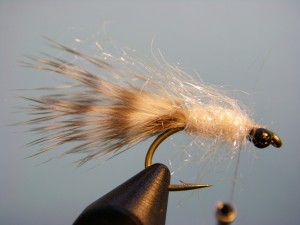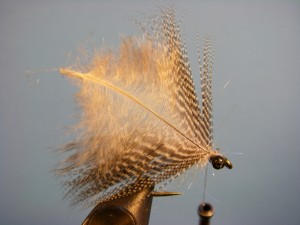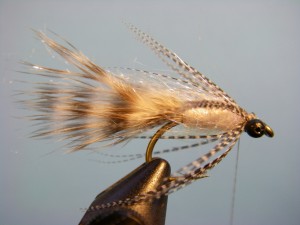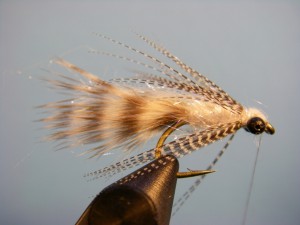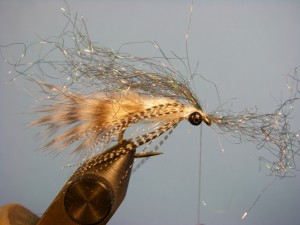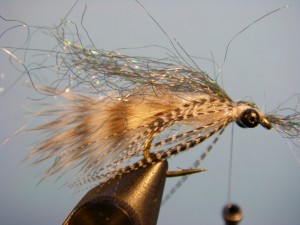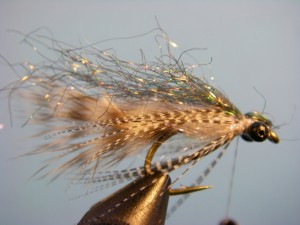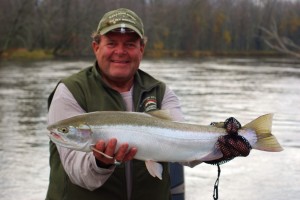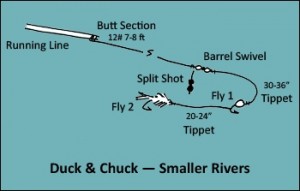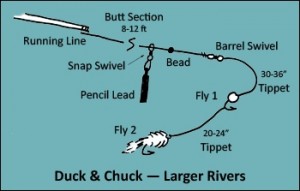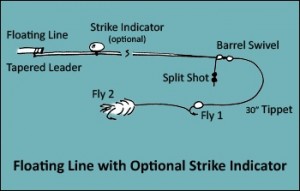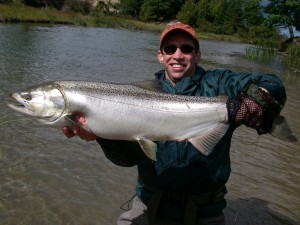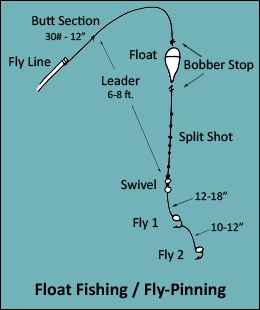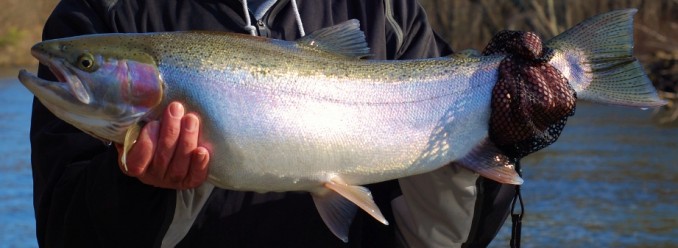As kids prepare to return to school, salmon have their annual fall migration in mind as they return to rivers. Numbers of fish are light due to the return of warm weather and the lack of rain with some fish in the Manistee and Betsie Rivers. Look for things to really change after a significant rainfall as good numbers of fish are staged at river mouths. Early season king salmon offer some exciting streamer fishing for those willing to put in the time casting large streamers with heavy sink-tips. As the days continue to get shorter, the fish will build in numbers and nymph fishing becomes our go-to method.
Trout fishing has been o.k. the past week with the fish feeling better with the cooler water temps. It has been a long season and the fish are getting smarter, naturally, so think about mixing up your approach and presentation. Small streamers fished on floating line is a good alternative to try. Terrestrial fishing has slowed but some good fish are still coming up from time to time to eat that rubber-legged hopper pattern or attractor. Very few bugs have been on the water however you will want some isonychias, cleons/bwos, flying ants, beetles and Lt. Cahills in your fly box.
The bass fishing in lakes remains good. Both top-water and sub-surface presentations have been working; I usually start off with top-water. Swimming frog/baitfish patterns do a good job of fishing both the surface and subsurface. With the warm-up, look for fish to concentrate near weed beds and drop-offs.
Good Luck,
Ted
The latest newsletter just went out – click here to read and/or sign up for delivery
Salmon: Salmon season extends through September. Limited dates available.
Steelhead: The end of September means it’s time to focus on fall steelhead through November.
Fall Trout: Fish the Upper Manistee throughout fall or Lower Manistee in late October and through November.
Booking for all 2013 Seasons and through August – reserve your place in the boat.

